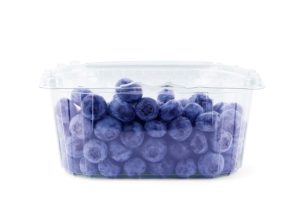Six Metal Finishing Treatments
Metal finishing enhances the durability, appearance and functionality of components across industries from automotive to aerospace. Various methods are used depending on the requirements for corrosion resistance, conductivity or wear protection.
Zinc Plating
Zinc plating applies a sacrificial coating to steel, offering affordable corrosion protection. The process is widely used in construction and consumer goods, often combined with passivation for longer-lasting results.
Zinc-Nickel Plating
Zinc-nickel plating provides superior corrosion resistance compared to standard zinc. Common in automotive and aerospace applications, it withstands harsh environments and reduces galvanic potential when used with other metals such as aluminium.
Hard Chrome Plating
Hard chrome plating is valued for its exceptional wear resistance and low friction properties. It is typically applied to hydraulic parts, engine components and tools, though environmental concerns have led to alternatives being developed.
Anodising
Anodising is mainly applied to aluminium, enhancing corrosion resistance and enabling decorative finishes. The process creates a durable oxide layer that can be dyed in various colours, making it useful in both engineering and consumer applications.
Electroless Nickel Plating
Electroless nickel plating, like this example https://www.poeton.co.uk/surface-treatments/plating/electroless-nickel-plating, provides a uniform coating without the need for an electrical current. It improves wear resistance, hardness and protection against corrosion.
Powder Coating
Powder coating involves applying a dry powder that is cured under heat to form a protective layer. Known for its durability and wide colour range, it is a popular finish for household appliances, vehicles and architectural metalwork.
Each method offers unique benefits, and the choice depends on the intended use, environmental conditions and cost considerations.








